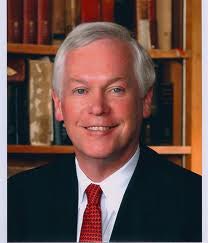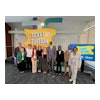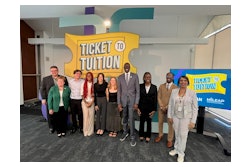
Working with ASU, Starbucks will make the new college degree program available to 135,000 employees who work at least 20 hours a week. Remarkably, employees will have a wide choice in the selection of educational programs and will not be required to maintain their employment with Starbucks after earning their degree.
How does it work? For the first two years, Starbucks’ college-bound employees would pay greatly reduced tuition. For upper division students, Starbucks would reimburse any money that workers pay out of pocket.
If the students meet the admission requirements at Arizona State, tuition for an online degree is about $10,000 per year, with many Starbucks employees qualifying additionally for as much as $5,730 in Pell grants annually. Starbucks will make the program available only to employees at their company-operated stores. They did not disclose the financial terms of the agreement with Arizona State.
There are important lessons here.
The first lesson is it’s about the student. The promise of an education is not a “point in time” moment but a lifelong, evolving, arduous road filled with roadblocks and hidden surprises. It begins by creating a defined pathway. Choice determines the pathway. And the student must make a choice about which pathway and how to proceed along it.
Choice and access are the two pillars upon which future educational pathways must be built.
Secondly, there is no single pathway to success. It would be ideal to begin college well prepared after a satisfying, rich and rewarding high school experience. It would equally nice to be immediately embraced by a four-year residential learning experience that provides for uninterrupted growth and reflection. Millions of Americans enjoy this experience.
But for millions more the pathway is more pragmatic, episodic and gritty. Arizona State and Starbucks recognize that education is continuous, imperfectly delivered and best motivated by a drive that comes from within. Their leadership understands that for many Americans online education is not an opportunity — it is the only opportunity.
For prospective students, life can get in the way. We all grow at a different pace. The premise in America is, however, that higher education should be available to all and not just 18 year olds from well-performing school districts.
Thirdly, the ASU-Starbucks model teaches us that paint by numbers solutions driven by demographics, or even narrowly by the need to prepare for a better-educated workforce, cannot be dictated by bureaucrats, mandated by legislators or narrowly financed by corporate America. We may need more STEM graduates but narrowing choice to meet employment targets can inhibit an educated citizenry.
The beauty of this new initiative is that it lets the student determine in an open market what matters under the assumption that being better educated is best for America. In the end, the numbers sort themselves out, likely more favorably to professional degrees and graduates of STEM disciplines.
Fourthly, the ASU-Starbucks approach assumes that participating employees are motivated students who qualify for admission to the university. These students will need direction to navigate the bureaucratic waters. ASU must provide the support system to keep the students on the pathway. The biggest potential derailment will be a failed combination of low persistence, time to degree and graduation rates — easy output measures that will play well or disastrously in social and print media. If the university can provide the “surround” through counseling, support and assessment strategies, the program can quickly become a template showing the way to new collaborative partnerships.
And finally, Starbucks and Arizona State have created a financially viable pathway for students. It’s simple, straightforward and direct, unlike the feeling created by many of the tuition discounting practices employed today. It’s hard — and not especially conducive — to have employees working at least 20 hours a week then concentrate the remainder of their energies on obtaining an online degree. But it can be done. In the days before heavy tuition discounting, many of us worked to get through college. I remember my nights as a postal employee sorting mail fondly and as transformative.
Sometimes the best pathway for you may not be the easiest pathway to take.
We may all wish we lived in a world that we wish actually existed. It will be easy to find fault with the ASU-Starbucks model. But, in the end, it’s a great program that likely moves America in a fresh strategic direction.
Imagine a world where corporations worked in concert with higher education to provide access built upon choice that focused on students who could pay for a degree delivered through a venue that made it easier for them to participate?
Hats off to Arizona State and Starbucks for building a path, lighting it, providing directional signs and teaching America that there still are practical ways to imagine the possible.
Dr. Brian C. Mitchell is president of Brian Mitchell Associates and a director of the Edvance Foundation. He is the retired president of Bucknell University and former president of Washington & Jefferson College.


















